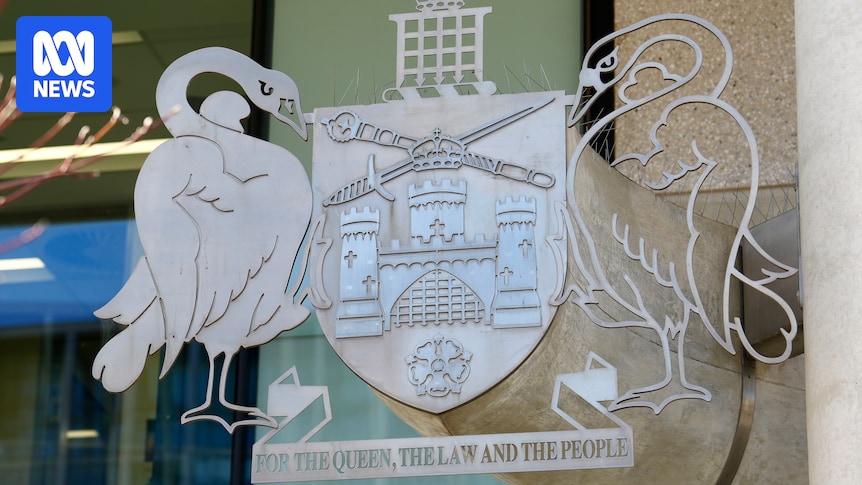The jury in the ACT Supreme Court trial of a teenage girl charged with sexually assaulting and stalking her former boyfriend has been unable to reach a verdict.
Warning: This story discusses suicide and domestic violence.
If you or anyone you know needs help:Suicide Call Back Service on 1300 659 467Lifeline on 13 11 14Aboriginal & Torres Strait Islander crisis support line 13YARN on 13 92 76Kids Helpline on 1800 551 800Beyond Blue on 1300 224 636Headspace on 1800 650 890ReachOut at au.reachout.comMensLine Australia on 1300 789 978SANE on 1800 187 263
The girl faced five charges, which included assault and encouraging the boy to take his own life.
The alleged comment came in an angry text exchange as they were breaking up.
The girl was 14 at the time and the boy 15.
The charges arose after the boy was hospitalised.
He gradually revealed his allegations, eventually making a complaint to police.
The evidence included an alleged assault when the pair was watching The Wizard of Oz, when out of the blue, the girl allegedly punched the boy hard in the face.
The court also heard allegations of a sexual assault, which allegedly occurred when the boy said he had been sleeping and was unable to give consent.
The court was also shown streams of text messages, mostly on Snapchat, and sometimes including communications with other people.
Family and domestic violence support services:’The Netflix trial’
Lawyers in the case dubbed it “the Netflix trial” because many of the teenage witnesses took the option of having their evidence pre-recorded.
Under the law, victims and other vulnerable people can choose to record their main evidence and to give evidence by video link, outside the courtroom.
The option is also available to children and young people.
Chief Justice Lucy McCallum noted the long hours the jury spent listening to the witnesses on video, and that it might not be to anyone’s benefit.
But recordings have the advantage that witnesses do not have to give the evidence twice in the event of a retrial.
Jury tensions
The case was marked by an unusually large number of notes from the jury, many with several questions at a time, seeking clarification on the charges and their responsibilities.
On Wednesday, it became evident from a jury note that there were tensions in the jury room and the jury was sent home for a day of rest on Thursday.
The girl’s lawyers suggested several times the jury should be discharged, raising concerns about what was going on in the jury room.
Today, after deliberating for several more hours, no verdict could be reached and the 12-member panel was released.
Without a verdict, the case will return to court in a month.

